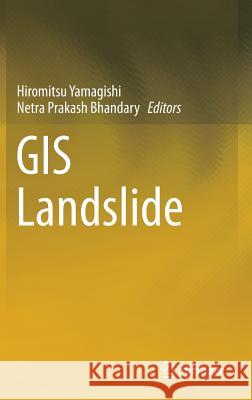GIS Landslide » książka
GIS Landslide
ISBN-13: 9784431543909 / Angielski / Twarda / 2017 / 230 str.
Landslide studies using the geographic information system (GIS) is a new field, which includes not only the science of GIS and remote sensing, but also technical innovations, such as detailed light detection and ranging (LIDAR) profiles, among others. To date, most of the research on landslides has been found in journals on geology, geotechnology, landslides, and GIS, and is limited to specific scientific aspects. The GIS Landslide Workshop has been established in order to communicate and solve the scientific as well as technical problems of this discipline, such as how to use GIS software and its functions. This is the first book ever published on GIS landslides with such issues in mind. Because many landslide disasters take place in Japan, most of the scientists and researchers studying landslides are concentrated within Japan. There is also much GIS data on landslides captured and stored by Japanese organizations. For that reason, it is significant that this first book on the topic has been published in Japan. Included among the chapters are analyses of deep-seated landslides; hazard mapping; measuring and visualization of precipitation, floods, and glaciers using GIS; landslides induced by earthquakes; GIS analyses of drainage systems and floods; and landslides in relation to topography and geological structures. Filled with photographs and remote sensing analyses, the volume will be of great value to those in the fields of geography, geology, seismology, environment, remote sensing, atmospheric research, and meteorology, as well as to students of computer science and programming systems.











